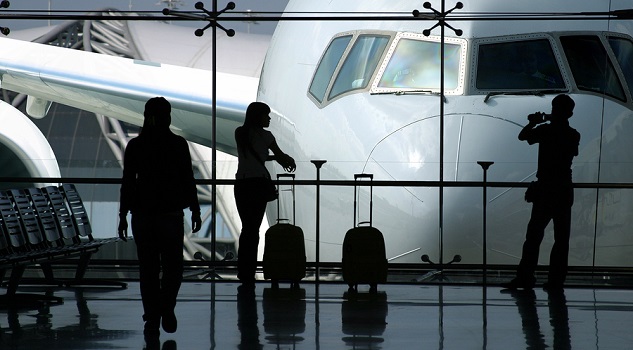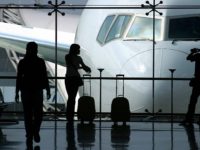A new report by Corporate Traveller, the SME division of Flight Centre Travel Group (FCTG), reveals that Australian business travellers spend almost double the global average of nights away on work trips at six nights on average. This contrasts sharply with global counterparts, with an average business trip spanning only 3.5 nights.
The figures are based on an analysis of flight booking data from October 2023 to March 2024, which revealed a five per cent rise in the average bleisure (business and leisure) stay length, which the report attributes to flexible working trends and a continued appetite for travel following the pandemic.
Additional figures from the Global Business Travel Association revealed that 62 per cent of travellers blend business and travel more than they did in 2019, with 79 per cent choosing to stay at the same accommodation for both work and play. In addition, Australia’s total Business Travel Spending (BTS) forecast for 2023 was US$23,519 million, up from us$18,538 million in 2022, highlighting Australia’s importance in the global business travel industry, while further reflecting recovery and growth in business travel spending.
Australia-based Global Managing Director for FCTG’s Corporate Traveller, Tom Walley, stated that the figures reveal more than just a homegrown love of travel, but the growing flexible working trend that accommodates bleisure feasibility.
“Prior to the pandemic, mixing business with pleasure while away for work was a real luxury and not necessarily the done thing, but that has all changed in the last couple of years,” Walley said. “Corporates have now realised that extending trips for themselves or having their family come along to join them after a trip has ended is a great way to build upon health and wellness in the workplace.
“Given we’ve witnessed an increase of five per cent in the average business trip length in Australia, it’s clear a rise in bleisure travel is behind it, and our ability to work remotely and capitalise on extending trips – especially for meetings, events, and conferences – play a big role in this,” Walley added.
Corporate Traveller’s report also noted that education professionals are leading the bleisure trend domestically, with sectors like utilities, construction, and transportation also showing strong inclination as well. Conversely, industries such as real estate, retail, and finance are less likely to blend work trips with leisure time.
Walley noted that cost of living pressures could also be behind Australian business travellers embracing bleisure trips as it offers a cost-effective way to enjoy a destination while saving on expenses. He added that organisations are also benefiting from this trend as it is leads to higher employee productivity, satisfaction, and retention – without additional costs to the company.
“This data also delivers a valuable insight into Australian business travel trends, providing organisations an opportunity to cater to the evolving needs of their employee’s business travel requirements,” Walley said. “The bleisure travel trend isn’t going anywhere, and given the growth we’ve recorded, it’s clear we need to ensure we’re continuing to meet that demand.”















